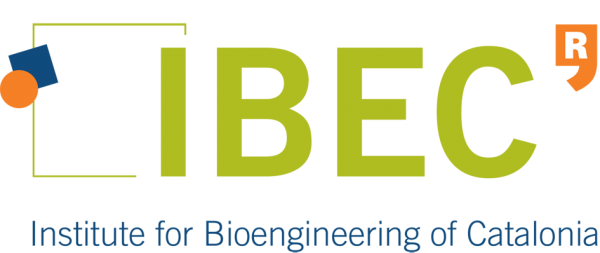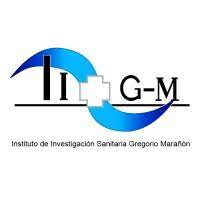CARDIOPRINT: Advanced multifunction 3D biofabrication for the generation of computationally modelled human-scale therapeutic cardiac tissues – PLEC2021-008127- LÍNEAS ESTRATÉGICAS EN COLABORACIÓN PÚBLICO – PRIVADA 2021


CARDIOPRINT is born with the ambition of shaping a quantum leap in the fields of Additive Manufacturing and Biofabrication of therapeutic human cardiac tissues, at both the technological and applicative levels. The overall concept of this enterprising project is to develop a new multifunctional additive manufacturing technology able to provide the sufficient accuracy for the manufacturing of human tissues at an organ scale for the first time.
Ischemic heart disease (IHD) is the leading single cause of death in the EU. Regenerative Medicine, Cell Therapy and cardiac Tissue Engineering (cTE) proved unsuccessful results when on big animal models or human scale. The main culprits are the lack of design and the absence of devices (printers) able to provide sufficient precision for the biofabrication of architecturally complex tissues as the myocardium. In the heart the orientation of cardiac muscle determines not only the fundamental cycles of healthy contraction-torsion, but also establishes the required hierarchy of cardiomyocyte (CM) activation.
CARDIOPRINT puts for the first time design at the heart of its purpose. In order to achieve this aim, the project will develop a new multifunctional 3D printing device capable of combining the high- precision 3D deposition capacity of Melt Electrowriting (MEW) and solution electrospinning (SE), with the ability to 3D deposit a novel bioink containing human cardiac cells. The main aim of CARDIOPRINT is to advance the biofabrication field by the concomitant development of a novel device capable of generating bioartificial human tissues with unprecedented precision, plus the needed cardio-mimetic biomaterials and a new cardiac image-to-transplant workflow. Our approach is centred on upscaling towards translation and will be uniquely based on a large animal model (pig).
CARDIOPRINT will take several strides into the future of translational cTE research. It combines developing the latest innovations in 3D printing, biomaterials and stem cells, with the capacity of Computational Modelling to provide a biomimetic and personalized design based on cardiac data.
3D printing and bioprinting are one of the most revolutionary technologies of the century, with an explosive development in the last decade. However, achieving the geometrical 3D precision needed for cTE is an unmet challenge, whilst developing application-tailored materials, both polymers and hydrogels, is also pending. Our project will not only tackle the technological problems related to 3D printing precision and the materials portfolio, but will work in their valorisation in a high-impact disease: IHD. We will nurture the new technologies and products with the support of the theoretical and practical know-how for their translation. CARDIOPRINT will achieve valorisation by aiming at building a human-sized bioartificial heart (BioHeart), using the pig heart as a scale-matched analogue. We will use mechanical, functional and electrical data for the generation of the necessary model through state-of-the-art CompM. Working on this scale will allow a more efficient translation of models from pig-to-human.
CARDIOPRINT is based in a multidisciplinary consortium where international renown partners are going to work together to achieve the challenges objectives that otherwise will be impossible to tackle.
The project is going to be coordinated by UNAV that as a medical partner has a solid and broad trajectory in translational research in the field of cardiovascular research that will work in close collaboration with technological experts in the field of computational modelling and printing (UNIZAR, IBEC) as well as other medical experts (FIBHGM), technological developers (LTK, NNG) and relevant SMEs (NDTCH).
UNAV, UNIZAR, IBEC and LTK have a long trajectory of collaborative research that it was in the bases of the outstanding research included in CARDIOPRINT project.











